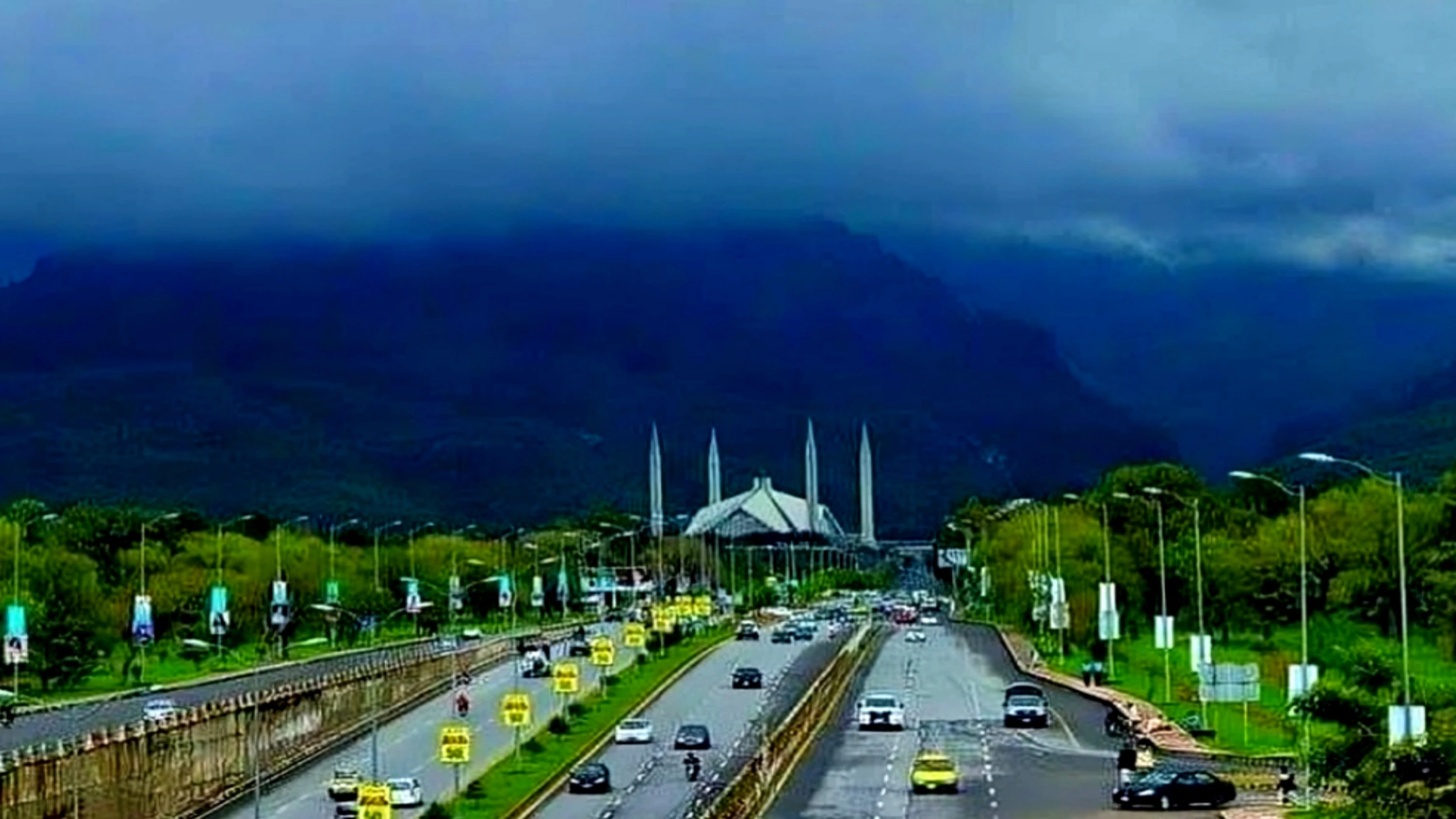Islamabad: The Pakistan Meteorological Department (PMD) has issued a drought alert for Sindh, southern Balochistan, and lower eastern Punjab, warning that drought conditions will persist in these regions despite recent rainfall.
The alert was issued on Monday, highlighting that although rainfall improved drought conditions in central and northern parts of the country, the lower half continues to face severe water shortages.
During March 2025, the average temperature in the country’s southern regions remained 2 to 3 degrees Celsius above normal, with some areas experiencing over 200 consecutive dry days. Given the current weather patterns and climate outlook, the affected areas are expected to see increased intensity and expansion of drought conditions.
In Sindh, moderate drought is expected in Padidan, Shaheed Benazirabad, Dadu, Tharparkar, Umerkot, Khairpur, Hyderabad, Thatta, Badin, and Karachi, while mild drought is anticipated in Ghotki, Jacobabad, Larkana, Sukkur, Khairpur, and Sanghar.
In Balochistan, moderate drought will persist in Gwadar, Kech, Lasbela, Panjgur, and Awaran, whereas mild drought is expected in Chagai, Jaffarabad, Jhal Magsi, Sibi, Nushki, and Washuk.
In Punjab, Bahawalnagar, Bahawalpur, and Rahim Yar Khan have been identified as affected areas. The National Drought Monitoring and Early Warning Center (NDMC) is closely monitoring the situation.
Between September 1, 2024, and March 21, 2025, total rainfall in Pakistan remained 40% below normal. Sindh witnessed the highest deficit at -62%, followed by Balochistan (-52%), Punjab (-38%), Khyber Pakhtunkhwa (-35%), Azad Jammu and Kashmir (-29%), and Gilgit-Baltistan (-2%).
Severe water shortages have also been reported in major reservoirs, with Tarbela Dam at 1,402 feet and Mangla Dam at 1,061.75 feet, both reaching dead levels. Additionally, river flow across the country has dropped significantly.
A recent NDMC report highlighted that during the week of March 15-21, average temperatures were 1 to 7 degrees Celsius above normal, leading to a decline in soil moisture levels. The increased temperatures are expected to raise water demand, negatively affect crops, and put additional strain on already stressed water resources.
According to PMD, most parts of the country will experience dry weather from March 24 to 30. However, on March 26, northern Balochistan, upper Khyber Pakhtunkhwa, Gilgit-Baltistan, and Azad Kashmir may receive rain, thunderstorms, and snowfall in mountainous regions. Additionally, parts of upper and southern Punjab may experience thunderstorms and hailstorms.








